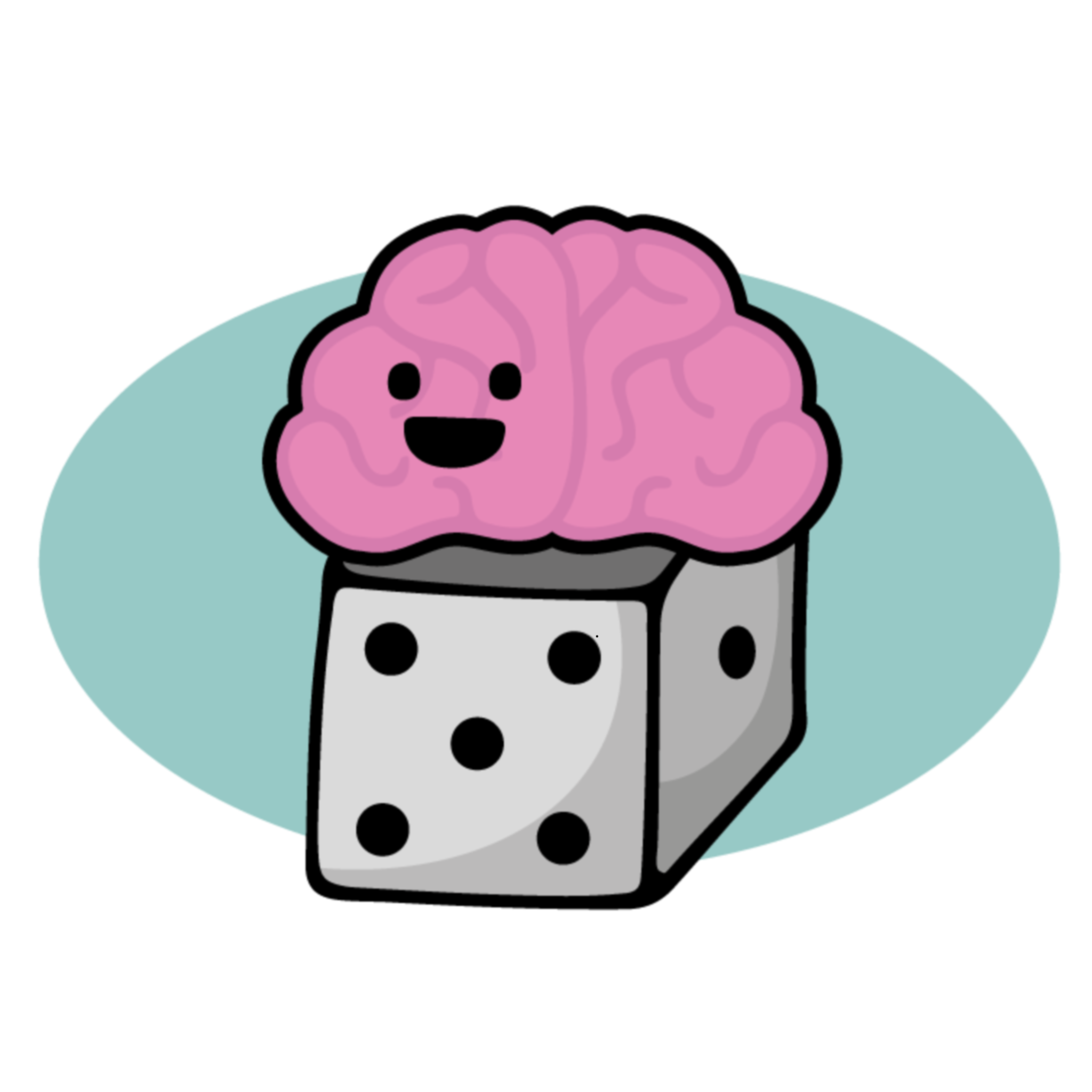Autism Treatments, Part 3: Is "Full Recovery" Possible?
 Most people regard autism spectrum disorders (ASD) as life-long in nature. However, research over the past 40 years has shown that this is not always the case.
In the December 2008 issue of the journal Neuropsychology Review, researcher Molly Helt and her colleagues reviewed the evidence that some ASD children recover over time and end up functioning within the normal range with regard to social skills, cognitive abilities and adaptive functioning.
Most people regard autism spectrum disorders (ASD) as life-long in nature. However, research over the past 40 years has shown that this is not always the case.
In the December 2008 issue of the journal Neuropsychology Review, researcher Molly Helt and her colleagues reviewed the evidence that some ASD children recover over time and end up functioning within the normal range with regard to social skills, cognitive abilities and adaptive functioning.
In their review they found that high intelligence, receptive language, verbal and motor imitation and motor development predicted recovery for a minority of kids diagnosed with ASD. Interestingly, the severity of their symptoms did not predict recovery. As is the case in many aspects of human psychological development, early intervention and treatment were also more favorable to recovery. In addition, a diagnosis of Pervasive Developmental Disorder Not Otherwise Specified was also more likely to lead to recovery in later years. At the same time, their review of the literature revealed that having seizures, a developmental disability or a genetic syndrome made it less likely that a particular child would one day be fully recovered. The review also confirmed that behavioural treatments are most often associated with recovery. The researchers reviewed the possible mechanisms of recovery and speculated that it could include the following:
- Directing ASD children’s attention to the outside environment thereby normalizing the input they receive.
- Promoting the reinforcement value of social stimulation
- Preventing interfering behaviours (i.e., self-stimulatory behaviours and rituals)
- Intense practice of weak skills
- Stress reduction techniques and arousal stabilization
Most of these mechanisms have to do with normalizing the input that ASD kids receive from their environment as early as possible. The researchers conclude that a significant minority of children with ASD make a fully recovery. The estimates range widely in the studies reviewed with claims being as low as 3% and as high as 25%. However, they also note that more studies need to be conducted to clarify, among other things, the mechanisms of recovery.
Helt's article can be found here.
Vote for The Family Anatomy Podcast at Podcast Alley and for the blog at Blogger’s Choice!
Note: Posts on Family Anatomy are for education only. If you need to talk to someone about family or mental health issues, you can get a referral from your family doctor.
